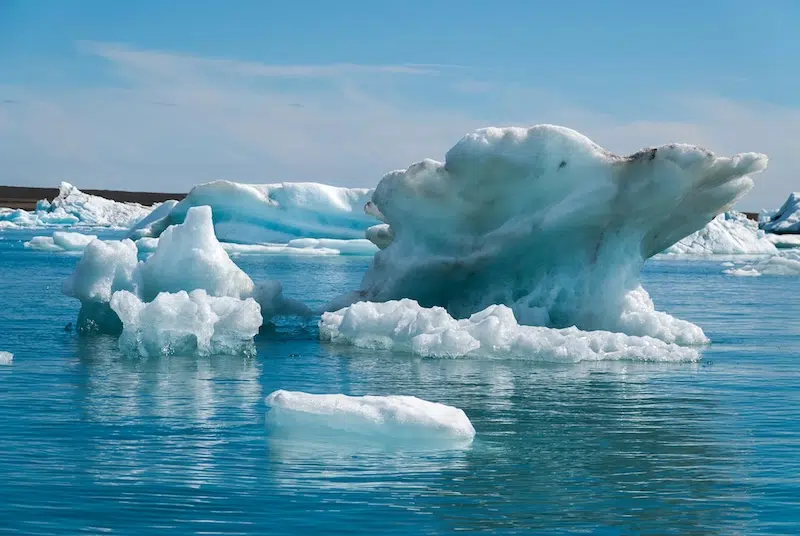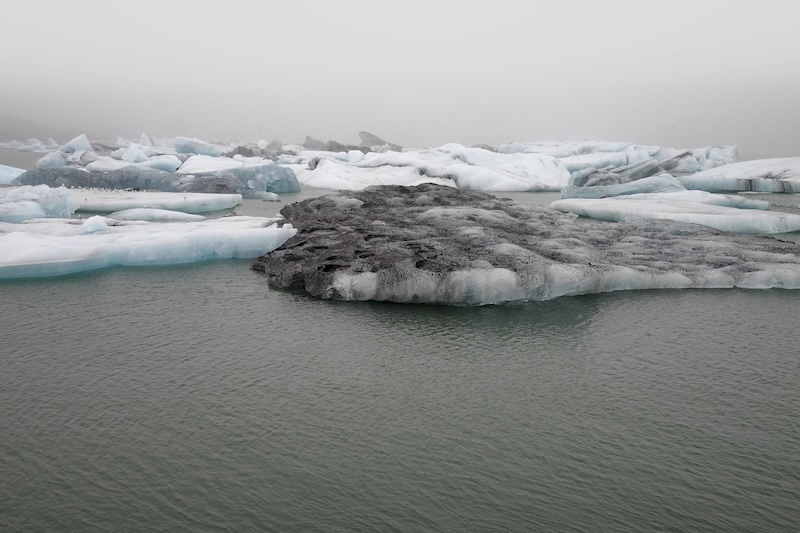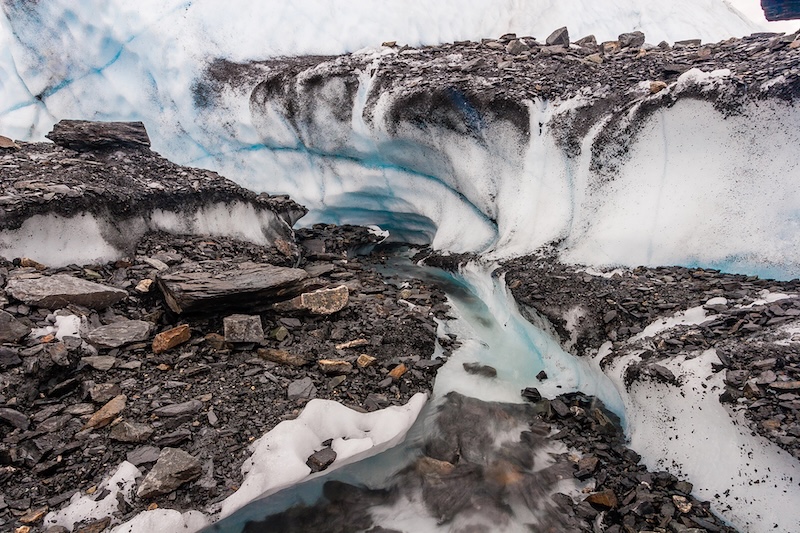
Ice floes on Jokulsarlon lake (Photo: dkaubo/Depositphotos)
As the world grapples with the escalating impacts of climate change, the United Nations has issued a stark warning: two billion people around the world will suffer threats to their food and water supply because of melting glaciers. Glaciers have been retreating at a rate defined as “unprecedented,” leaving people to wonder what exactly the fallout of this phenomenon will look like.
According to a report published by UNESCO, about two thirds of global irrigated agriculture communities are expected to feel the effects of immediate climate issues—such as melting glaciers and reduced snowfall in mountainous regions—in some form or fashion.
This report comes at a time when half of the population in developing countries already experience food insecurity, and over 1 billion people live in mountainous regions. These issues will likely become exacerbated by the dwindling supply of melted snow and water from glaciers and mountains.
The UN World Water Development Report 2025 says that developed countries are at risk, too. The Colorado River basin in the United States, for instance, has been in drought for 25 years. Climbing temperatures have generated more rain rather than mountain snow in terms of precipitation. While that may not sound like an issue, the rain actually runs off at a faster rate than snow, and does not replenish the region as well as snow would.
The UNESCO report’s findings coincide with those of the State of the Climate report published by the World Meteorological Organization. (WMO). Both reports stress this year as the worst on record for glacier loss. The WMO’s report ranked Norway, Sweden, Svalbard, and the tropical Andes as the locations most affected, and state that the past three years have seen the most glacier mass loss ever in the world.
Significantly less glaciers around the world means a domino effect of environmental and climate ramifications. UNESCO Director of Water Sciences Abou Amani explains, “Glaciers melting have an impact on the reflectivity of [solar] radiation and that will impact the whole climate system.” In other words, less reflective ice covering the earth’s surface gives way to dark soil that absorbs heat, rather than disperses it.
A reduction in glaciers will yield an increase in natural disasters such as avalanches and flash floods. An influx of greenhouse gases released into the atmosphere from melting permafrost will also affect the environment, and a significant decline in freshwater melted from mountain glaciers will negatively impact communities worldwide. As glaciers continue to melt at an alarming rate, the fight to address climate change is not just vital to our future livelihood, but urgent, as well.
UNESCO’s World Water Development Report 2025 predicts that 2 billion people will suffer threats to food and water supplies due to climate change.

A glacier melting in southern Iceland (Photo: Kostiantyn Strilets/Depositphotos)
Melting glaciers, reduced snowfall in mountainous regions, and their latent effects will be the root cause of these issues.

Greenland glacier melting: a consequence of global warming (Photo: Sergey Anatolievich /Depositphotos)
As the reflective ice coverage of glaciers melt away, the dark soil of the earth absorbs heat at a higher rate, creating a domino effect of climate consequences.

Greenland glacier melting: a consequence of global warming (Photo: Sergey Anatolievich /Depositphotos)
In addition to the decline of freshwater resources found in glaciers, natural disasters such as avalanches or flash floods will increase in frequency if no definitive action is taken to combat climate change.

In many places, the water running down off the glacier is fairly clear like this. In others, it has already taken on the gray, silted appearance of the glacial river downstream (Photo: Jason Neuswanger/Depositphotos)
Sources: UN World Water Development Report 2025; WMO State of the Global Climate 2024; Glacier meltdown risks food and water supply of 2 billion people, says UN
Related Articles:
Scientists Discover That Climate Change Is Causing Longer Days
Eye-Opening Video Shows How Earth Could Look in 2050 if We Don’t Address Climate Change
Patagonia‘s Glaciers Are Melting and Land Is Rising in Largest Glacial Adjustment Ever Recorded
